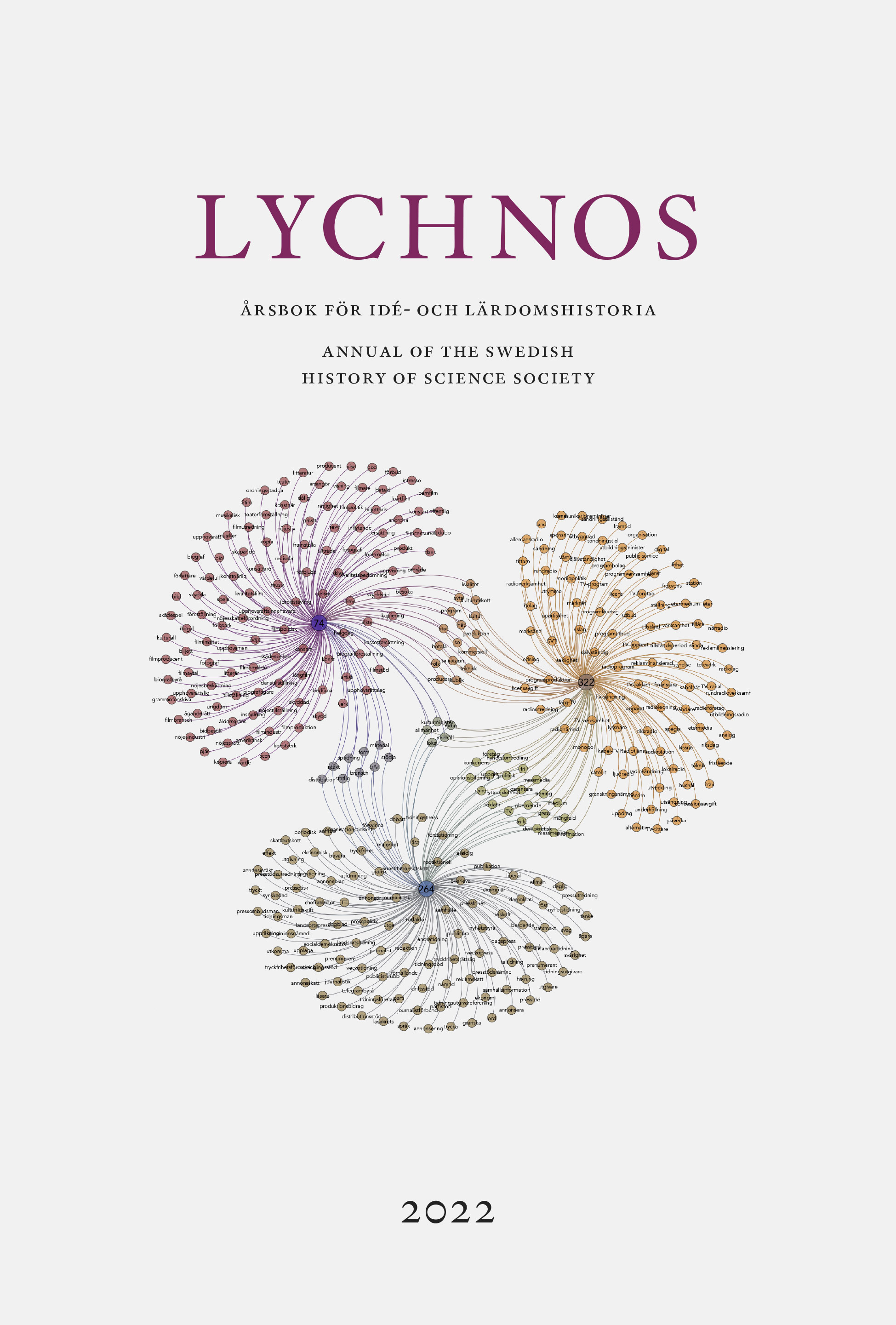Digitaliseringen av svenskt tryck
Massdigitalisering, kritisk digitalisering och frågan om hur man skapar en representativ korpus
DOI:
https://doi.org/10.48202/24139Nyckelord:
digitisation, national bibliography, Swedish printed material, union catalogue, critical digitisationAbstract
The Swedish National Library published together with the university libraries in Gothenburg, Lund, Stockholm, Umeå and Uppsala in January 2020 a Declaration of Intent where the goal to digitiz Swedish print from the 15th century until today was formulated. Based on this objective, the article discusses different digitization strategies in libraries. Mass digitization stands for the rapid digitization of large collections, while critical digitization values the creation of new metadata and careful processes of collecting which books that will be digitized. The article particularly highlights the need for representative corpora in future digitization of “the Swedish print”. If the goal is to provide digitized material that will strengthen democracy and help researchers to formulate new questions, it is central that the corpus of texts that undergo digitization are representative of what they are meant to reflect. Otherwise, researchers risk asking questions about historical change and social development to a collection of texts that cannot answer the question or give misleading answers. National bibliographic is a valuable starting point for this work. The article studies two successful digitization projects of rare books – EEBO in England and VD16 in Germany – which base their metadata on bibliographic projects from the 20th century. Similar approaches in Swedish would encourage digitization that combine mass digitization with critical digitization.
Downloads
Publicerad
Nummer
Sektion
Licens
Copyright (c) 2022 Kajsa Weber

Det här verket är licensierat under en Creative Commons Erkännande 4.0 Internationell-licens.
This work is licensed under a Creative Commons Attribution 4.0 International License. The copyright for the work published in Lychnos remains with the authors.


